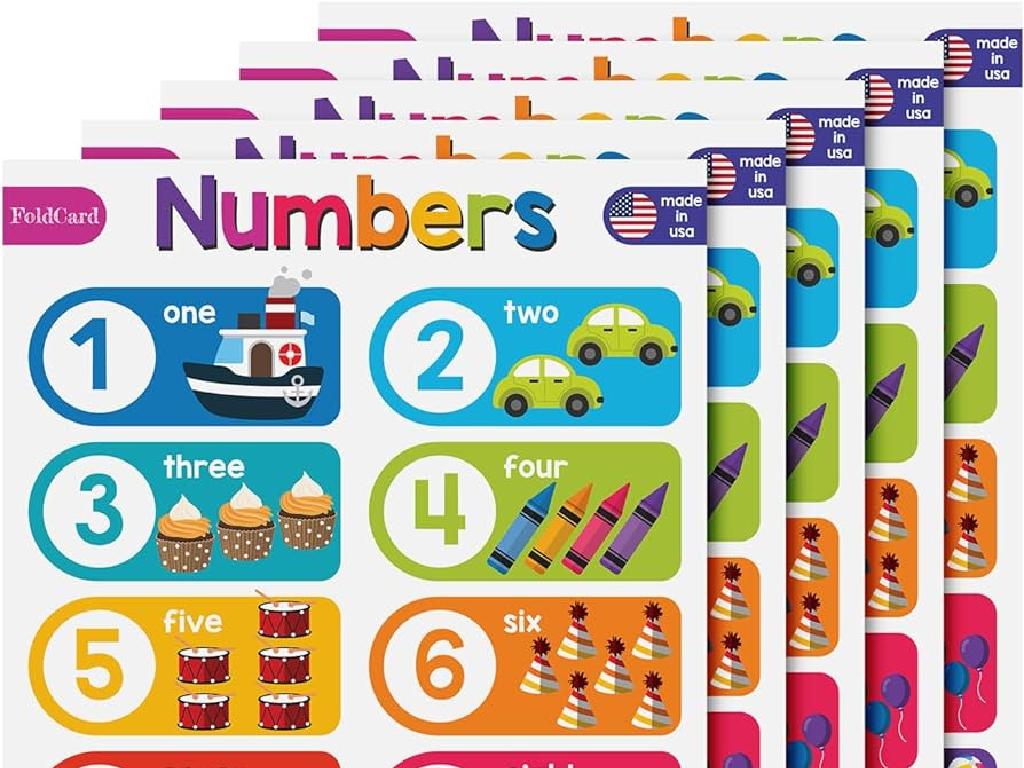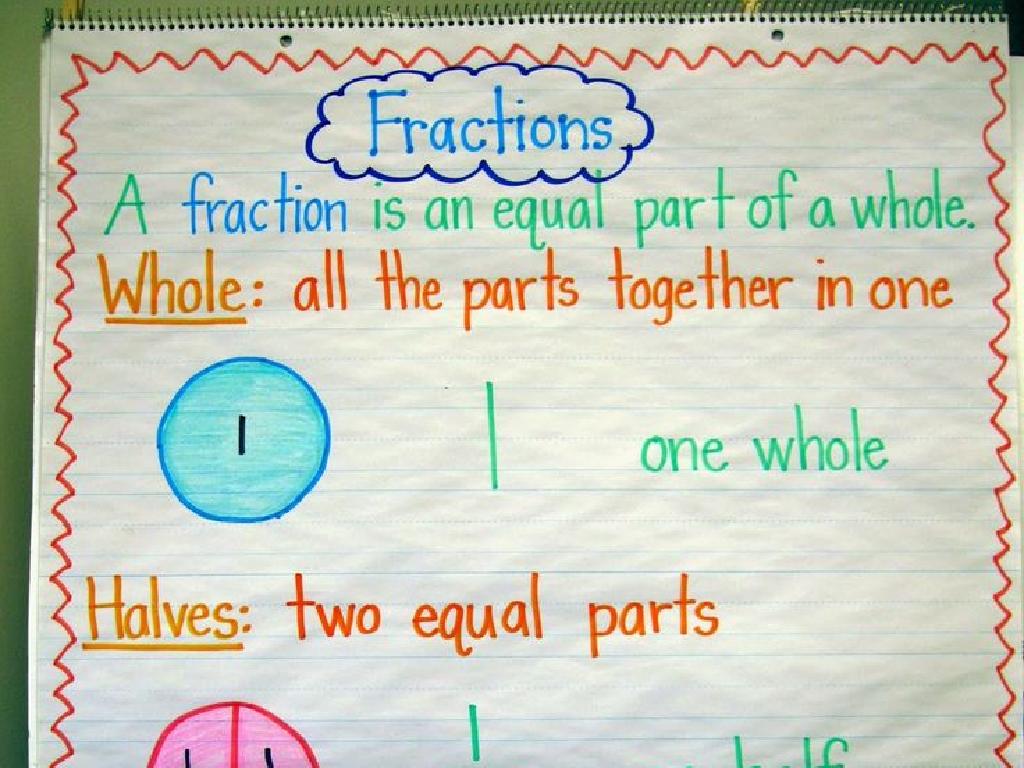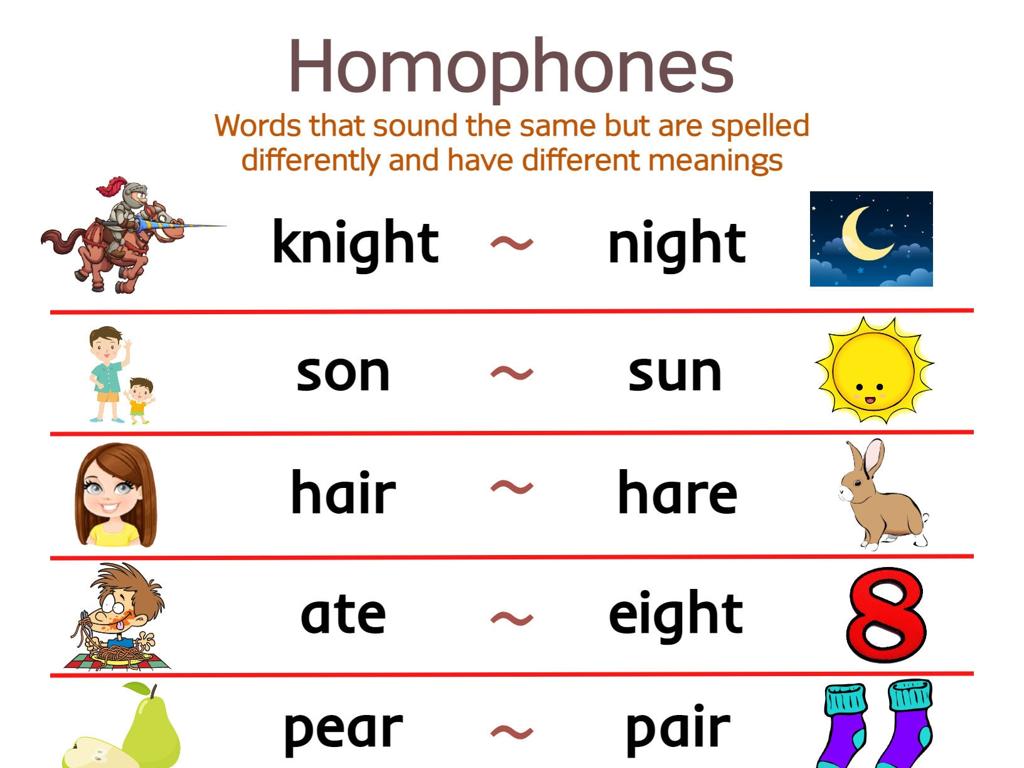Identify The Best Design Solution To Prevent Hurricane Damage
Subject: Science
Grade: Fourth grade
Topic: Astronomy
Please LOG IN to download the presentation. Access is available to registered users only.
View More Content
Understanding Hurricanes in Astronomy
– Earth’s weather systems
– Earth has various weather patterns, including hurricanes.
– What is a hurricane?
– A hurricane is a large, powerful storm with high winds and rain.
– Importance of hurricane knowledge
– Knowing about hurricanes helps us prepare and stay safe.
– Preventing hurricane damage
– We can design buildings and systems to withstand hurricanes.
|
This slide introduces students to the concept of hurricanes within the study of Earth’s weather systems, an important part of astronomy. Begin by explaining that Earth has many different types of weather, and hurricanes are one of the more powerful and potentially destructive systems. Describe what a hurricane is, emphasizing its characteristics such as high winds and heavy rain. Highlight the importance of understanding hurricanes to ensure safety and preparedness. Discuss how learning about hurricanes can lead to better design solutions to prevent damage, such as stronger buildings and emergency plans. Engage the students by asking if they know any hurricane safety tips and encourage them to think about how we can protect our homes and communities from these natural events.
Understanding Hurricanes
– What is a Hurricane?
– A powerful storm with strong winds and rain
– Formation of Hurricanes
– Warm ocean water and air combine to create these storms
– Anatomy: Eye, Eye Wall, Rain Bands
– The calm center, surrounding destructive winds, and outer rain bands
– Design Solutions to Mitigate Damage
|
This slide introduces students to the concept of hurricanes, their formation, and structure. Begin with a simple definition of a hurricane as a large, powerful storm. Explain how warm ocean waters fuel the formation of hurricanes, leading to the creation of the eye, eye wall, and rain bands. Emphasize the eye as the calm center, the eye wall as the most destructive part with the strongest winds, and the rain bands as the areas that produce heavy rains and can extend far from the center of the storm. Conclude by discussing how understanding the structure of hurricanes can help us design better solutions to prevent hurricane damage, such as stronger buildings and better evacuation plans. Encourage students to think about how these solutions can make their communities safer during such natural disasters.
Hurricanes: Understanding Their Impact
– What makes hurricanes powerful
– Hurricanes have strong winds and heavy rain.
– Past hurricanes and their impact
– Remember Hurricane Katrina? It caused a lot of damage.
– Effects on communities and nature
– Hurricanes can destroy homes and change landscapes.
– Importance of hurricane safety
|
This slide aims to educate fourth-grade students on the nature and effects of hurricanes. Begin by explaining the factors that contribute to the destructive power of hurricanes, such as wind speed and rainfall. Provide historical context by discussing the impact of significant hurricanes like Katrina, emphasizing the damage to infrastructure and human lives. Highlight how hurricanes can lead to flooding, loss of habitat, and long-term environmental changes. Conclude by stressing the importance of understanding hurricanes to improve safety measures and disaster preparedness. Engage students by asking if they know any other historical hurricanes and invite them to think about how these storms could affect their own communities.
Engineering Safety Against Hurricanes
– Building for hurricane safety
– How engineers design buildings to be safe during hurricanes.
– Hurricane-resistant structures
– Examples include elevated homes, rounded roofs.
– Materials that reduce damage
– Strong materials like reinforced concrete, steel.
– Designing to withstand storms
– Features like storm shutters, secure roofs.
|
This slide introduces students to the concept of engineering buildings to withstand the forces of hurricanes. Discuss how engineers must think about wind speeds, heavy rainfall, and flying debris when designing structures. Show examples of hurricane-resistant features such as elevated buildings to avoid floodwaters, and rounded roofs to deflect high winds. Explain the importance of using sturdy materials like reinforced concrete and steel that can endure the storm’s power. Highlight design elements like storm shutters that protect windows and roof straps that keep roofs secured. Encourage students to think creatively about how homes and buildings can be designed to minimize damage from these powerful storms.
Brainstorming Hurricane-Resistant Designs
– What defines hurricane resistance?
– Key features of safe buildings
– Strong materials, secure roofs, elevated foundations
– Group activity: Designing safety
– Use creativity to imagine structures that can withstand hurricanes
– Discuss and refine ideas
– Share ideas with class, receive feedback
|
This slide initiates a brainstorming session on how to design buildings that are resistant to hurricane damage. Start by discussing what it means for a structure to be hurricane-resistant, focusing on the importance of durability and stability. Highlight the key features that make buildings safe during hurricanes, such as the use of robust materials, securely fastened roofs, and elevated foundations to prevent flooding. The group activity encourages students to work together to come up with innovative designs for safe structures. After brainstorming, students will discuss their ideas with the class and refine them based on feedback. This activity not only teaches about hurricane safety but also fosters teamwork and creative thinking. Provide guidance on how to give constructive feedback and encourage students to think critically about the practicality of their designs.
Designing Hurricane-Resistant Houses
– Apply learned concepts
– Draw a hurricane-resistant home
– Think about strong materials and shapes
– Share your design with the class
– Discuss what makes your house strong
– Explain the features of your design
– What makes your house withstand a hurricane?
|
This slide is meant to encourage students to use their creativity and understanding of hurricanes to design a house that can withstand such natural disasters. They should apply the concepts learned about hurricane formation, impact, and prevention measures. Encourage them to think about the materials, shapes, and construction techniques that could make a building more resistant to strong winds and heavy rain. After drawing, students will share their designs with the class and explain the reasoning behind their choices, fostering a discussion on the effectiveness of different design elements. This activity will help solidify their understanding of the topic and allow them to engage in critical thinking and problem-solving.
Class Activity: Building Hurricane-Resistant Models
– Gather materials for model building
– Form teams to create structures
– Construct a mini hurricane-resistant model
Use materials like straws, sticks, clay to build
– Test models against a ‘hurricane’
We’ll simulate a hurricane with fans or water spray
|
This hands-on activity is designed to engage students in the practical application of science and engineering principles. Provide a variety of materials such as popsicle sticks, straws, clay, and tape for students to use in constructing their models. Divide the class into small teams to encourage collaboration and problem-solving. Guide them to think about the design features that might make a building more resistant to strong winds and rain, such as a sturdy base and aerodynamic shape. Once the models are built, test them with fans or a gentle water spray to simulate hurricane conditions. Discuss with the class which designs were most effective and why. This activity will help students understand the challenges of designing structures that can withstand extreme weather and the importance of teamwork and experimentation in the engineering process.
Conclusion: Hurricane Preparedness
– Recap of hurricane safety designs
– Importance of being prepared
Understanding preparation can save lives and property.
– Real-life application of knowledge
Think of ways to strengthen homes and schools against hurricanes.
– Reflect on today’s lessons
What did we learn about protecting our community?
|
As we conclude today’s lesson, we’ll review the key concepts about designing solutions to prevent hurricane damage. Emphasize the importance of hurricane preparedness and how it can significantly reduce the impact of such natural disasters. Encourage students to reflect on how the knowledge they’ve gained can be applied in real life, such as in their own homes or community planning. Ask them to think about the structural changes that can be made to buildings to make them more resistant to hurricane damage. This reflection will help them understand the practical implications of what they’ve learned and the role they can play in disaster preparedness.





